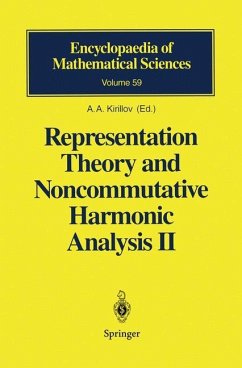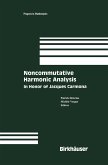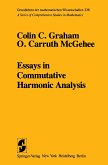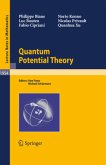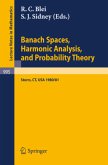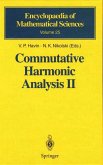Two surveys introducing readers to the subjects of harmonic analysis on semi-simple spaces and group theoretical methods, and preparing them for the study of more specialised literature. This book will be very useful to students and researchers in mathematics, theoretical physics and those chemists dealing with quantum systems.
At first only elementary functions were studied in mathematical analysis. Then new functions were introduced to evaluate integrals. They were named special functions: integral sine, logarithms, the exponential function, the prob ability integral and so on. Elliptic integrals proved to be the most important. They are connected with rectification of arcs of certain curves. The remarkable idea of Abel to replace these integrals by the corresponding inverse functions led to the creation of the theory of elliptic functions. They are doubly periodic functions of a complex variable. This periodicity has led to consideration of the lattice of periods and to linear-fractional trans formations of the complex plane which leave this lattice invariant. The group of these transformations is isomorphic to the quotient group of the group 8L(2, Z) of unimodular matrices of the second order with integral elements with respect to its center. Investigation of properties of elliptic functions led to the study of automorphic functions and forms. This gave the first connec tion between the theory of groups and this important class of functions. The further development of the theory of automorphic functions was related to geometric concepts connected with the fact that the group of linear-fractional transformations with real elements can be realized as the group of motions of th the Lobachevskij plane. We also note that at the beginning of the 19 century Gauss used the group 8L(2, Z) in his papers on the theory of indeterminate quadratic forms.
At first only elementary functions were studied in mathematical analysis. Then new functions were introduced to evaluate integrals. They were named special functions: integral sine, logarithms, the exponential function, the prob ability integral and so on. Elliptic integrals proved to be the most important. They are connected with rectification of arcs of certain curves. The remarkable idea of Abel to replace these integrals by the corresponding inverse functions led to the creation of the theory of elliptic functions. They are doubly periodic functions of a complex variable. This periodicity has led to consideration of the lattice of periods and to linear-fractional trans formations of the complex plane which leave this lattice invariant. The group of these transformations is isomorphic to the quotient group of the group 8L(2, Z) of unimodular matrices of the second order with integral elements with respect to its center. Investigation of properties of elliptic functions led to the study of automorphic functions and forms. This gave the first connec tion between the theory of groups and this important class of functions. The further development of the theory of automorphic functions was related to geometric concepts connected with the fact that the group of linear-fractional transformations with real elements can be realized as the group of motions of th the Lobachevskij plane. We also note that at the beginning of the 19 century Gauss used the group 8L(2, Z) in his papers on the theory of indeterminate quadratic forms.

